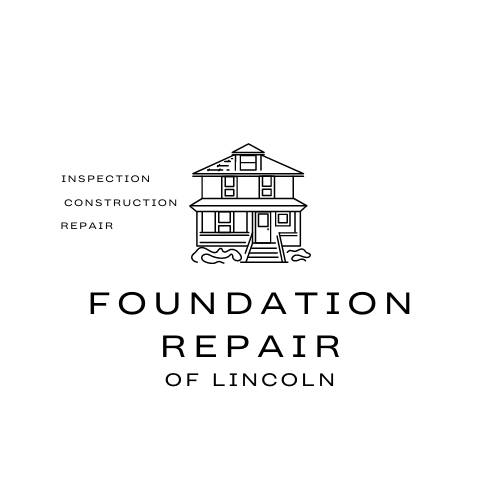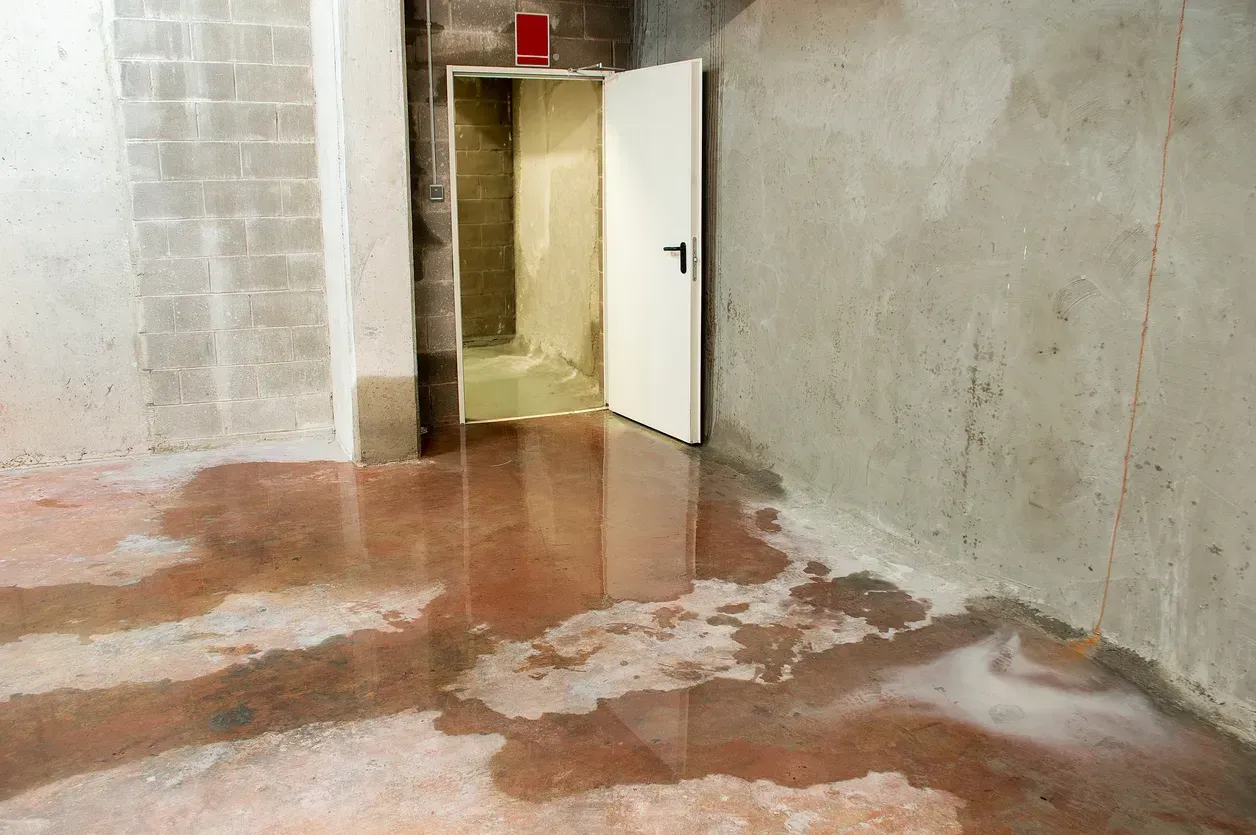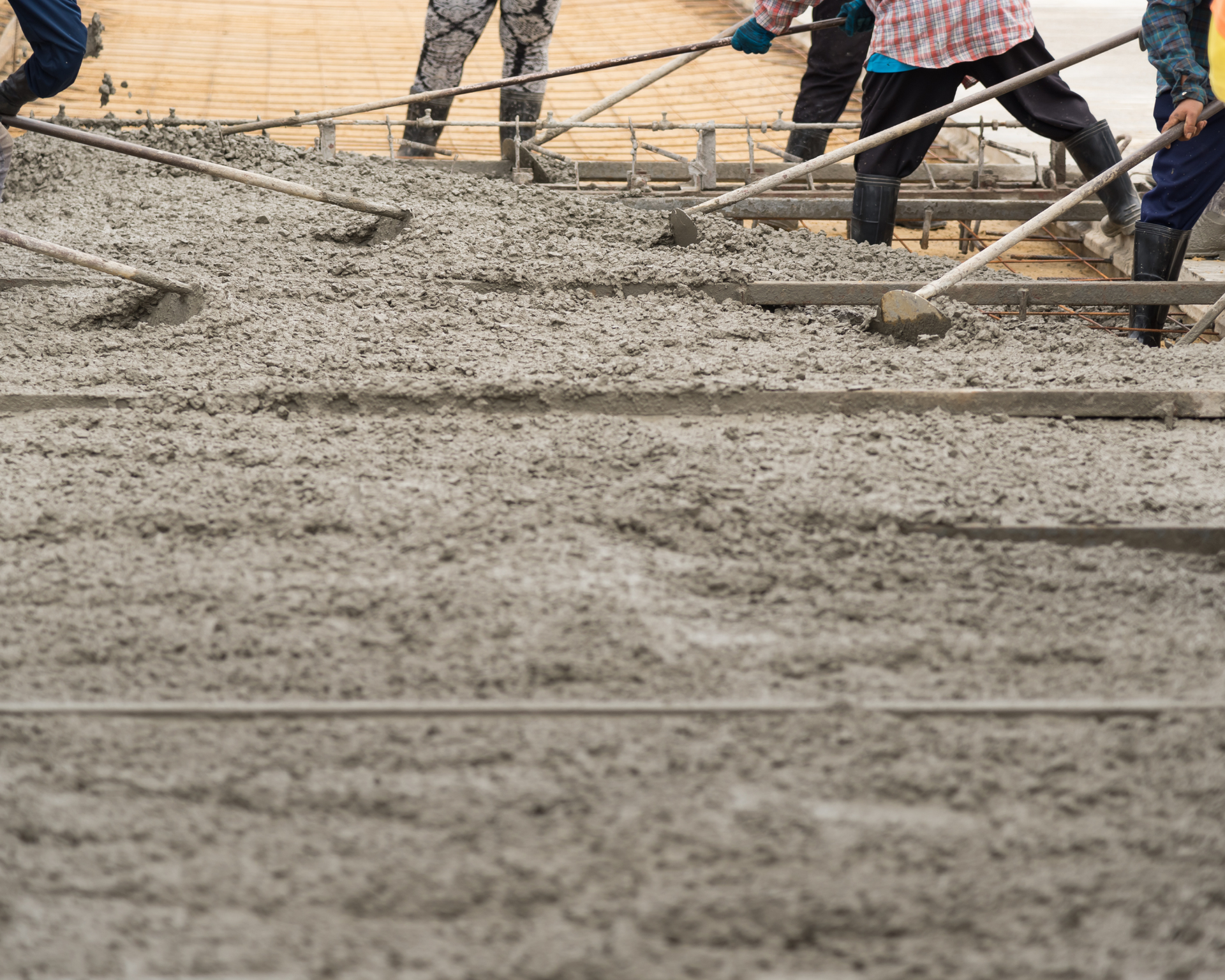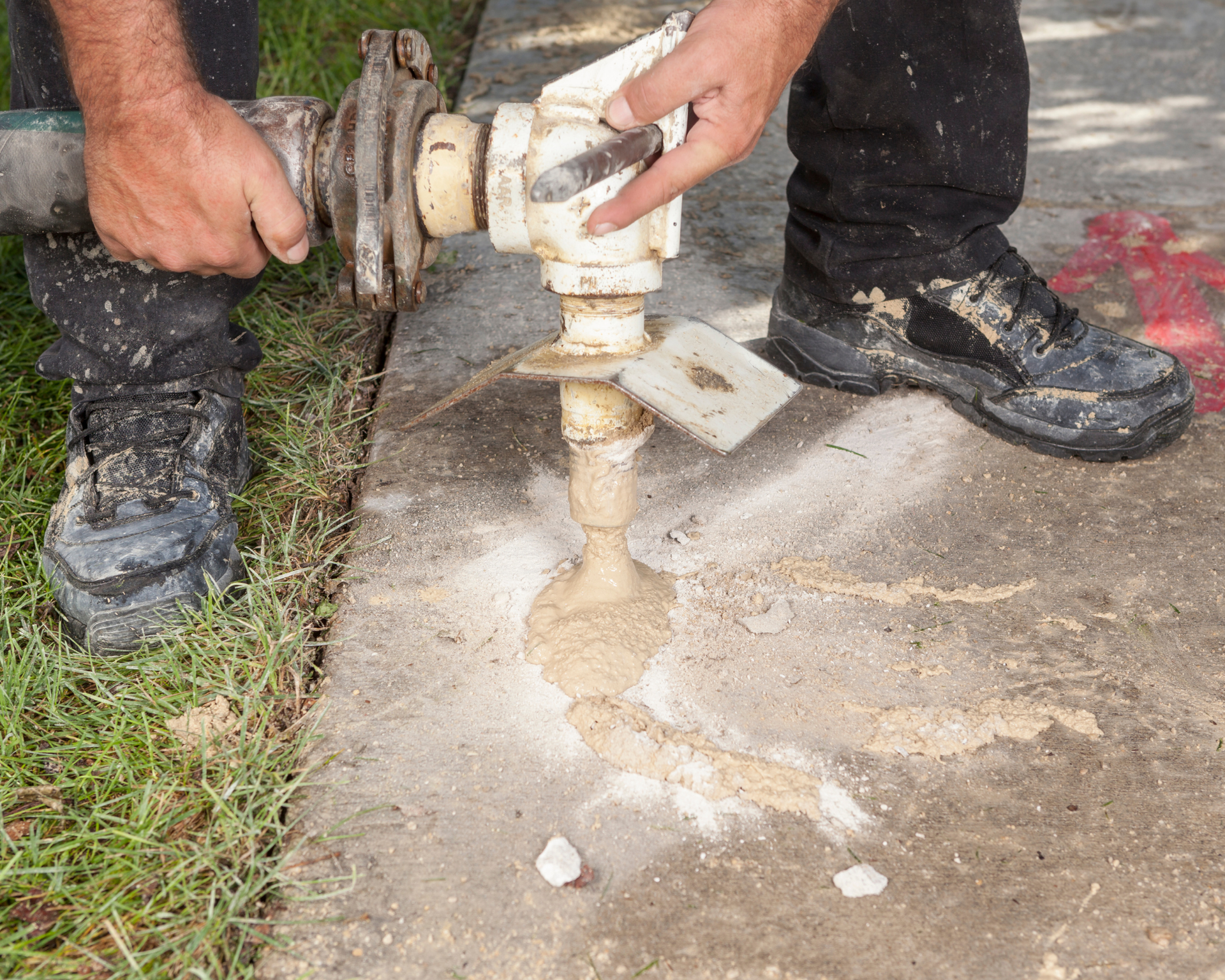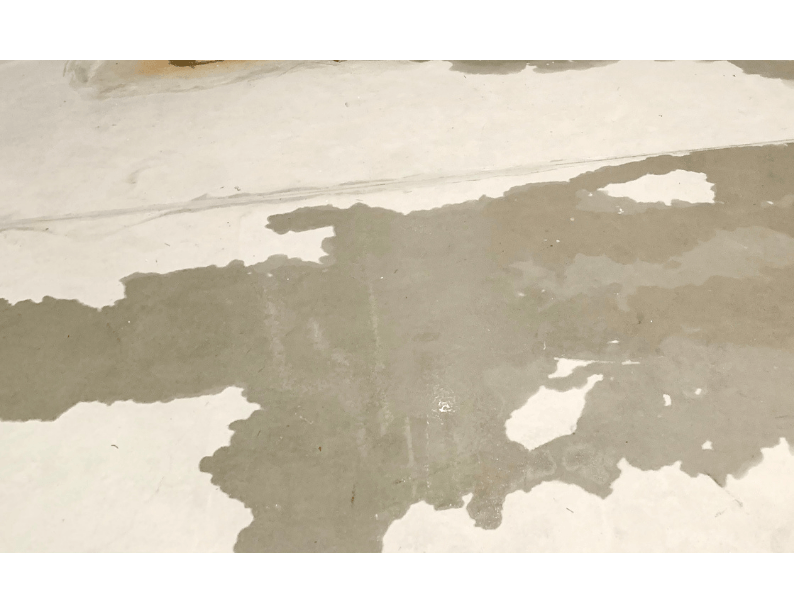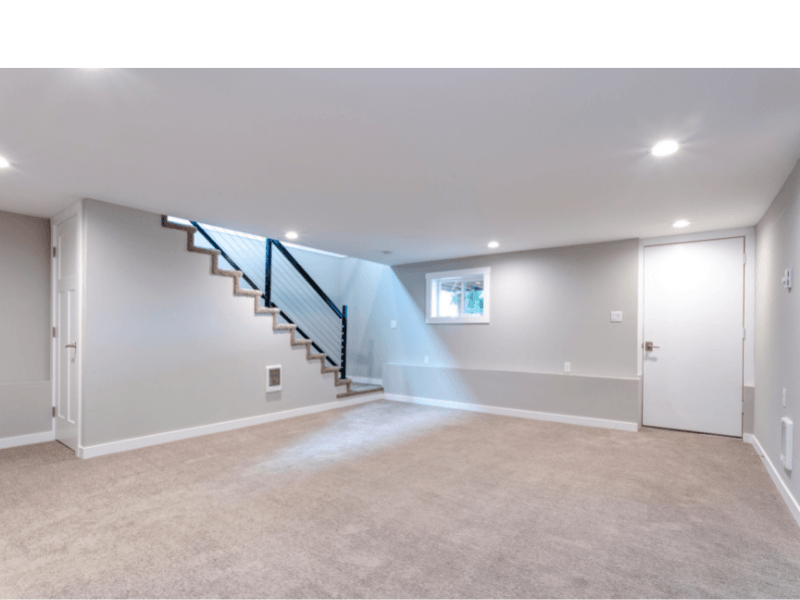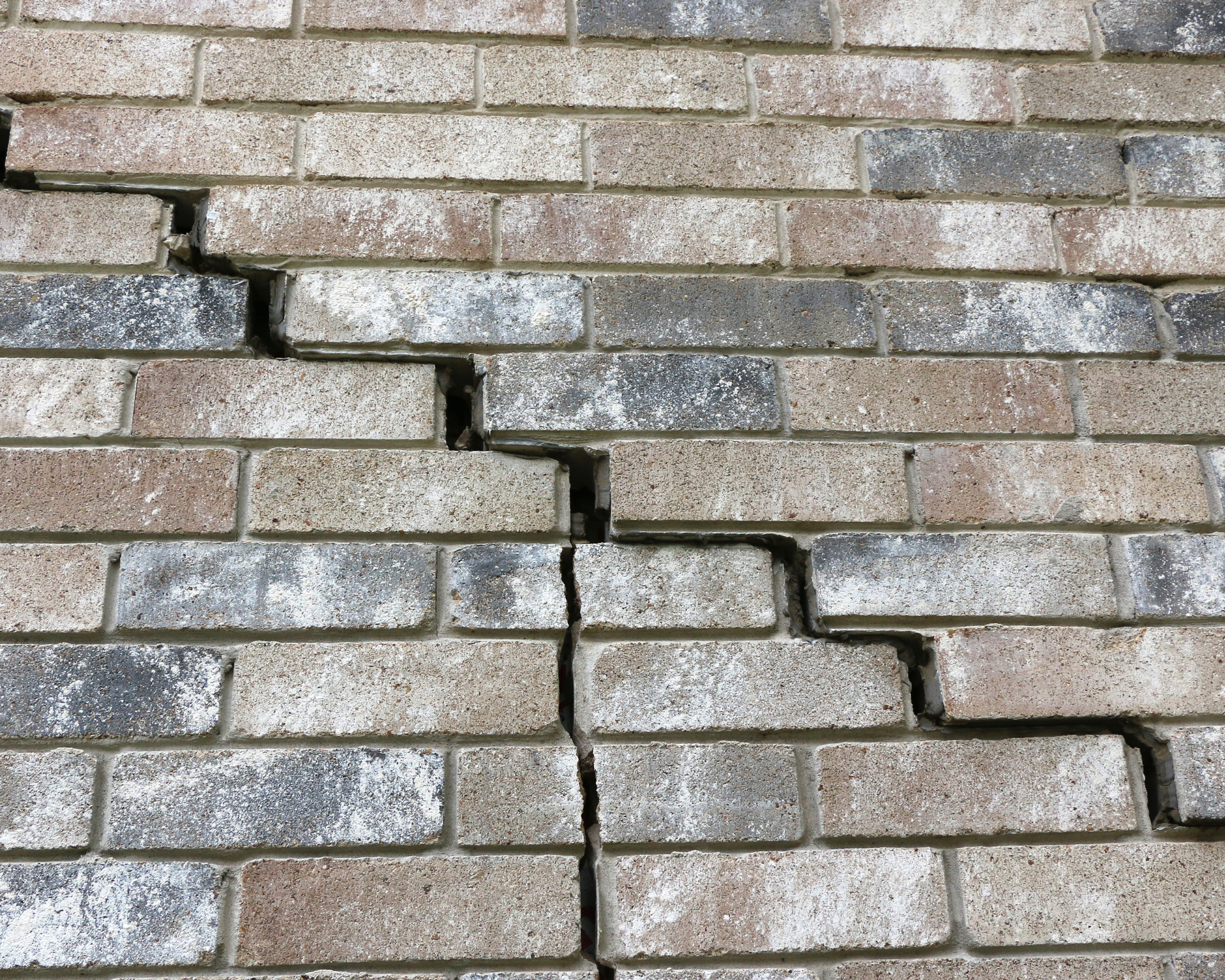How to Prevent Slab Foundation Problems
Things You Can Do To Prevent Future Slab Foundation Issues
What is a Slab Foundation?
Slab foundations, commonly used in residential construction, are concrete slabs poured directly onto the ground to support a home.
How do Slab Foundations Develop Problems?
While slab foundations generally are durable, they are susceptible to issues like cracking, settling, or heaving due to soil movement, moisture fluctuations, or external factors. Preventive measures can significantly reduce the risk of costly repairs, which can range from $2,000 to over $30,000. This article outlines practical steps homeowners can take to protect their slab foundations and maintain long-term structural stability.
Steps You Can Take
1. Maintain Consistent Soil Moisture
Soil expansion and contraction, often caused by fluctuating moisture levels, are leading causes of slab foundation issues. Expansive soils, like clay, swell when wet and shrink when dry, exerting pressure on the slab that can lead to cracks or shifting.
- Irrigation Strategy: Water the soil around your home evenly, especially during dry seasons. Use soaker hoses or drip irrigation systems placed 18-24 inches from the foundation to maintain consistent moisture. Avoid overwatering, which can erode soil or cause pooling.
- Seasonal Adjustments: In hot, dry climates, water the perimeter of the slab every 2-3 days during summer, using 1-2 gallons per linear foot. In wet seasons, reduce watering to prevent oversaturation.
- Monitor Soil Conditions: Check for signs of soil shrinkage (cracks in the ground) or excessive moisture (standing water). Adjust irrigation accordingly to stabilize the soil.
2. Ensure Proper Drainage
Poor drainage directs water toward the foundation, increasing the risk of soil erosion or heaving. Effective drainage systems divert water away from the slab, reducing moisture-related stress.
- Grade the Landscape: Ensure the ground slopes away from the foundation at a minimum of 6 inches over 10 feet. Regrade low spots with compacted soil or gravel to prevent water pooling.
- Install Gutters and Downspouts: Use seamless gutters with downspouts that extend at least 5-10 feet from the foundation. Clean gutters regularly to prevent overflow.
- Add French Drains or Swales: For areas prone to heavy runoff, install French drains (perforated pipes buried in gravel) or swales (shallow ditches) to channel water away. Professional installation costs $1,000-$5,000 but can prevent major issues.
- Check for Standing Water: After rain, inspect for puddles near the foundation. Address any drainage issues promptly by redirecting water or improving grading.
3. Inspect and Maintain Plumbing to Prevent Leaks
Undetected plumbing leaks under a slab can erode soil or cause it to swell, leading to foundation movement. A single leak can release thousands of gallons of water, destabilizing the soil.
- Regular Plumbing Checks: Hire a plumber every 1-2 years to inspect for leaks, especially in older homes with cast iron or galvanized pipes. Use leak detection tools like acoustic sensors for accuracy.
- Monitor Water Bills: A sudden spike in water usage may indicate a hidden leak. Compare bills monthly and investigate unexplained increases.
- Repair Leaks Promptly: If a leak is detected, hire a professional to fix it immediately. Slab leak repairs can cost $500-$4,000, but addressing them early prevents foundation damage.
- Consider Repiping: In homes with aging pipes, repiping with modern materials like PEX or copper can prevent future leaks. This costs $5,000-$15,000 but enhances long-term reliability.
4. Control Vegetation and Tree Roots
Large trees or shrubs near the foundation can cause problems by extracting moisture from the soil or through invasive root systems that exert pressure on the slab.
- Plant Strategically: Keep large trees (e.g., oaks, maples) at least 20-30 feet from the foundation, as their roots can extend far beyond the canopy. Opt for smaller plants or shallow-rooted species like ornamental grasses.
- Install Root Barriers: For existing trees, install physical barriers (plastic or metal sheets buried 18-24 inches deep) between the tree and foundation. Professional installation costs $500-$2,000.
- Monitor Root Growth: Periodically inspect for roots encroaching on the foundation or causing soil disruption. Trim or remove problematic trees if necessary.
5. Address Construction and Design Flaws
Some slab foundation issues stem from poor initial construction or site preparation. While harder to address after the fact, proactive steps can mitigate risks.
- Check for Proper Reinforcement: Ensure the slab was built with adequate rebar or wire mesh to resist cracking. If renovating or building, consult a structural engineer to verify design standards.
- Assess Soil Preparation: Poorly compacted soil or inadequate base material (e.g., gravel or sand) can lead to settling. If issues arise, soil stabilization techniques like chemical grouting ($2,000-$10,000) can improve subsoil conditions.
- Monitor for Settlement: After construction, watch for early signs of settling (e.g., hairline cracks, uneven floors) within the first 1-2 years. Address these with a contractor to prevent worsening.
6. Regular Inspections and Maintenance
Routine monitoring can catch potential problems before they escalate, saving time and money on repairs.
- Annual Foundation Checks: Walk around the home annually to look for cracks in the slab, walls, or floors. Hairline cracks (less than 1/16 inch) are often cosmetic, but wider cracks or patterns (e.g., diagonal cracks near corners) warrant professional evaluation.
- Hire Professionals Periodically: Every 3-5 years, have a structural engineer or foundation specialist inspect the slab and soil. Costs range from $300-$800 but provide peace of mind.
- Address Symptoms Early: Signs like sticking doors, sloping floors, or gaps around windows indicate potential issues. Don’t delay in consulting an expert.
7. Adapt to Local Climate and Soil Conditions
Different regions have unique challenges that affect slab foundations. Tailor preventive measures to your area’s conditions.
- Expansive Soils (e.g., Clay): Common in states like Texas or Colorado, these soils require diligent moisture control. Use automatic irrigation systems to maintain consistent soil hydration.
- Freeze-Thaw Cycles: In colder climates (e.g., Midwest or Northeast), protect against frost heave by ensuring proper insulation around the slab’s perimeter and maintaining drainage.
- High Rainfall Areas: In regions like the Southeast, prioritize robust drainage systems to handle heavy rain and prevent soil saturation.
Conclusion
Preventing slab foundation problems requires proactive maintenance, regular inspections, and attention to environmental factors like moisture, drainage, and vegetation. Foundation Repair of Lincoln can help. We can address these areas, and homeowners can avoid many costly repairs and extend the life of their foundation. Start with small steps you can do on your own, like checking drainage and monitoring for cracks. Consult with the professionals at Foundation Repair of Lincoln if you have any persistent or severe issues. If you’re unsure about your home’s specific risks, our structural engineer can provide tailored recommendations based on local soil and climate conditions.
Ready to work with Foundation Repair of Lincoln?
Let's connect! We’re here to help.
Send us a message and we’ll be in touch.
Or give us a call today at 402-261-9636
